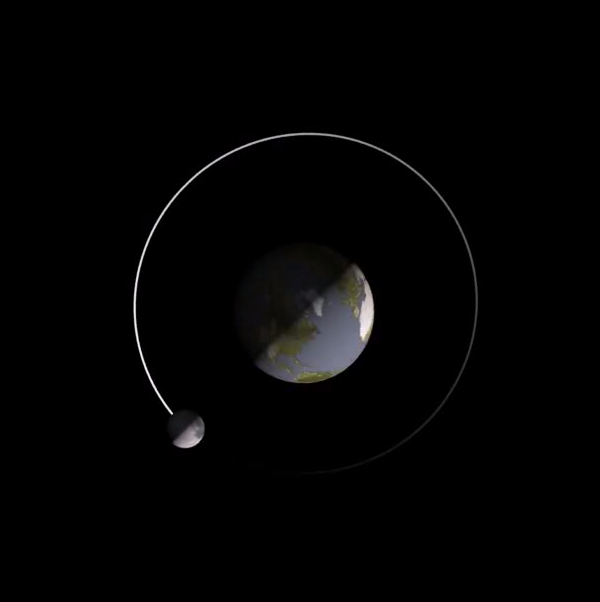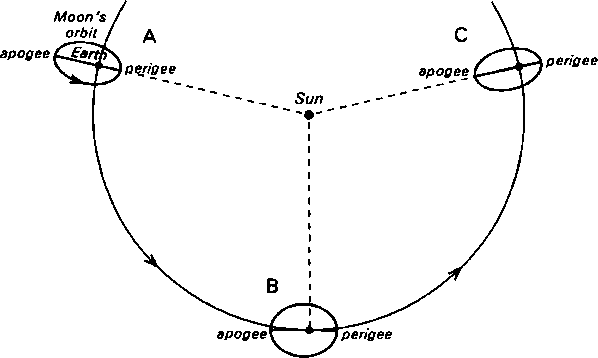
Most distant quarter moon
The farthest quarter moon of the year falls on August 30, 2021. That’s because this quarter moon more closely aligns with lunar apogee – the moon’s farthest point from Earth in its monthly orbit – than does any other quarter moon in 2021.
Moon at apogee: August 30, 2021, at 02:22 UTC (Universal Time)
Last quarter moon: August 30, 2021, at at 07:13 UTC

Farthest quarter moon yet closest lunar apogee
Although the year’s most distant quarter moon falls on August 30, the lunar apogee accompanying this quarter moon counts as the year’s closest lunar apogee. Of this year’s 13 lunar apogees, the one on August 30, 2021, is the closest of them all. See the table below via AstroPixels.

It’s no coincidence that the year’s closest lunar apogee happens in close conjunction with the quarter moon. A lunar apogee that closely aligns with a quarter moon comes closer than the mean apogee distance of 251,969 miles or 405,504 km. On the other hand, a lunar apogee that closely aligns with the new moon or full moon goes farther out than the mean apogee distance of 251,969 miles or 405,504 km.
Neil Degrasse Tyson, in an interview, once claimed, “The distance to the moon – okay, the moon orbits us. It’s sometimes closer and it’s sometimes farther away. It has nothing to do with the phase.”
Phase makes a difference
On the contrary, a quarter moon at apogee doesn’t swing as far from Earth as a new or full moon at apogee. Conversely, a quarter moon at perigee doesn’t sweep as close to Earth as a new or full moon at perigee. In other words, a quarter moon can never get as close to Earth as a supermoon (new or full moon near perigee) or as far away as a micro-moon (new or full moon near apogee).

Quarter moons never close and never far
For those brave souls wanting to know why quarter moons at apogee/perigee don’t go out as far – or come as close in – as new and full moons at apogee or perigee, we provide an explanation below.

In the diagram, the line connecting lunar perigee with lunar apogee defines the moon’s major axis. At (A) the major axis points directly at the sun, “stretching” the moon’s orbit to its greatest eccentricity. At this elongated eccentricity, perigee is closest and apogee farthest. This gives rise to a perigee new moon (supermoon) and an apogee full moon (micro-moon).
Then, 3 1/2 lunar months (103 days) later, at (B), the moon’s major axis makes a right angle to the sun-Earth line. This minimizes the eccentricity, lessening the apogee distance yet increasing the perigee distance. That’s why the quarter moons at perigee/apogee never get as close or as far from Earth as perigean/apogean new or full moons.
Seven lunar months (206 days) after the major axis points directly at the sun at (A), it points toward the sun at (C). However, it’s an apogee new moon (micro-moon) and perigee full moon (supermoon). Generally, the closest perigee comes at full moon and the farthest apogee at new moon.
Bottom line: On August 30, 2021, we have the year’s farthest quarter moon, yet the year’s closest apogee.











